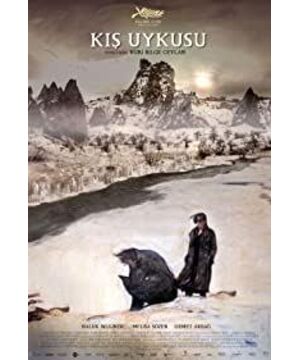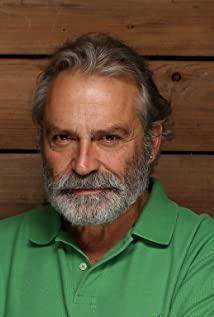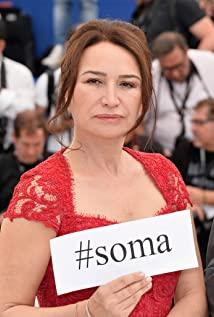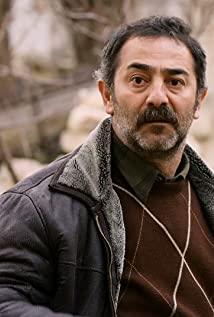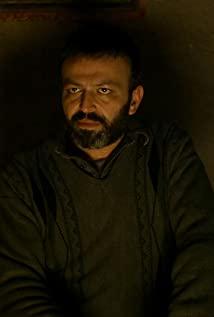entered the Cannes main competition unit for the fifth time, and Nuri Big Ceylon finally achieved a positive result . With his new film "Hibernation", he won the Palme d'Or at the 67th Cannes Film Festival.
Ceylon’s movies are not easy to make people feel good, especially early works such as "The Small Town" and "Three Monkeys". If you can’t accept his “talking to himself” and sticky lens language, I’m afraid you won’t be able to. Insist on reading them through. Starting from "Distant", Ceylon tried to adjust the works. Since then, "Once Upon a Time in Asia Minor" and this year's "Hibernation", we can see some differences from the past. Specific to "Hibernation", from the audience's feedback, Ceylon has changed in two aspects: one is that Ceylon changed its attitude of "cherishing words like gold" and added a lot of dialogue to the film; the other is "Hibernation". "" reached an astonishing 196 minutes, and the previous two works "The Far Place" and "Once Upon a Time in Asia Minor" were 110 minutes and 150 minutes respectively.
Of course, Ceylon has not lost his personal style in the change. In the construction of the picture, Ceylon seems to have a special preference for shadows. Whether in "The Far Place" or "Once Upon a Time in Asia Minor", the dim and heavy color blocks occupy most of the lens. Ceylon also uses exquisite pictures to show the representative scenery of Turkey, the windy Bosphorus Strait in "Distant", the endless Anatolian steppes in "Reminiscence of Asia", "Hibernation" is like The alien-like Cappadocia are all picturesque and fascinating. In terms of narration, Ceylon is used to constructing his image world through a lot of blank space. In "Once Upon a Time in Asia Minor", the story revolves around a murder case, but as the plot progresses, Ceylon focuses on the various people involved in the investigation of the case. These characters have their own lives and thoughts, but they are not explained in detail in the film. The film builds a vague story with a lot of white space, but intentionally or unconsciously shows a section of Turkish society.
Asia Minor, also called Anatolia. Geographically, Anatolia is mostly covered by endless stretches of grassland, and occasionally a few trees stand in the middle of the grassland, which is a typical landscape of this area. As at the beginning of "Once Upon a Time in Asia Minor," a highway ran through a large grassland, and cars traveled along an endless highway. The scenery on both sides seemed to have never changed, and the murderer himself could not figure out where the corpse was hidden.
After the establishment of the Republic of Turkey, Mustafa Kemal Ataturk implemented a policy of secularization throughout the country in order to seek the people's sense of identity with the new country. However, the small towns of Anatolia have not ushered in rapid secularization like the coastal cities such as Istanbul and Izmir. Traditional religion and culture still have a strong influence here. This creates a huge gap between the middle class who have lived or been educated in big cities and the bottom people who have never left Anatolia.
This kind of social conflict is the complex meaning that Ceylon wants to express in the blank of "Once Upon a Time in Asia Minor". The middle class represented by judges and prosecutors has obviously accepted the concept of urban civilization and secularization, while the residents who have always lived in small towns represent tradition. Different groups of people have their own views on murder cases, but behind it is a severely divided society. The award-winning film "Hibernation" was shot in Cappadocia, which is also located in the hinterland of Anatolia. Watching with the same social background, we can understand that the retired actor Aiden who returned to the mountain village to run a small hotel in the movie clearly represents urban civilization. He has a relationship with his sister, wife, and the tenants in the hotel who represent tradition. obvious difference. From this perspective, listening to Aiden's quarrel with his sister and his wife about religion and morality makes it easier to understand a lot. Behind the large and seemingly incomprehensible debate is the huge gap between the middle class and the bottom people.
It can be said that Ceylon, which received the Palme d'Or, has become a cultural landmark of Turkey together with Nobel Prize winner Orhan Pamuk. In my opinion, Orhan’s and Ceylon’s works are based on the perspective of intellectuals to observe Turkish society. They have all experienced the pervasive depression and depression among the Turks. This sentiment is called "Huh" by Pamuk. "Sorrow", here is the gloomy tone and ambiguous story in Ceylon. However, Ceylon is not Pamuk after all. Most of the themes of Pamuk's works stay at the middle class level, but Ceylon is willing to pay attention to other classes. Therefore, the Turkey in the Ceylon lens is more complete despite some "out of focus".
View more about Winter Sleep reviews


